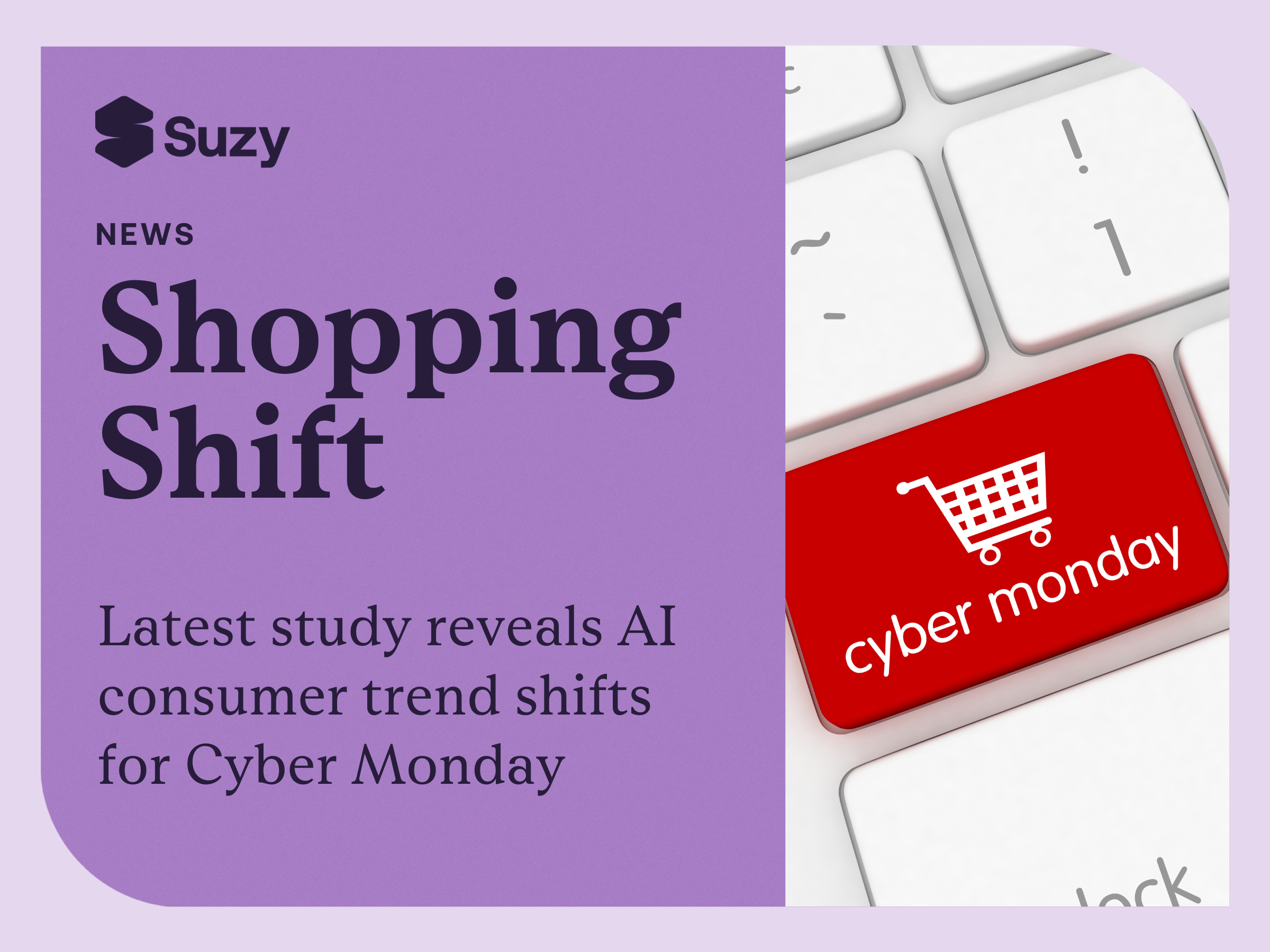The do-it-yourself ethos has permeated much of modern culture. There’s a distinct source of pride in self-made home projects and giving secondhand items new life. But DIY is not just about craft or style – it has real implications for modern business. Today’s consumers - your customers - expect to be part of a conversation with brands. Responsive technology has given rise to an interactive culture. Customers aim to help create products through direct feedback. More than ever before, they understand the power their buying preferences hold and wield it.
DIY also means customers are more selective than ever before when it comes to brand loyalty. They understand they have choice. And when they have to choose, they will opt for the brand that identifies and solves their pain points quickly. Brands like Dollar Shave Club and Warby Parker epitomize the direct-to-consumer trend. They offer traditionally pricey goods at a fraction of the industry price using a self-serve model. They demonstrate that brands succeed when they identify market needs and address them with agile market testing. This is the era of the “consumer first” retailer.
In the Era of “Consumer First,” You Need Real-Time Data From Customers
So brands have to identify market needs, and consumers are ready and willing to speak up. It is therefore a simple matter of connecting the brand to those customer voices -- not two or three months before rollout- when the decision is made, but right now: in R&D sessions and marketing meetings throughout the entire innovation and commercialization processes.
This is a DIY process of its own. Because brands need that immediate interaction to stay competitive, they can no longer simply outsource their research, waiting weeks and months for a synthesized report. With the right tools, they no longer have to do so. They can talk directly to their own customers in a wide variety of ways and flood the market with industry-disrupting products.
DIY Consumer Insights: Giving Brands the Knowledge They Need
The solution: an always-on panel of consumers to provide actionable feedback on marketing, R&D and research; a streamlined but comprehensive system that allows brands to have the immediate, productive conversation that is essential to idea development. That, combined with historical data, can result in in-depth reports that teams need right now.
Whether during a brainstorming session or a quarterly analysis, DIY consumer insights mean brands don’t have to task an external agency to engage in a time-consuming process to gather the information they can get themselves.
The combination of a vocal consumer base and brands looking for insight is a perfect match. The next evolution of marketing research is to harness consumer insight in real time, so brands can act in the moment on ideas. The result is no more wasted resources to follow unsound ideas, or lost revenue as a product is distributed long after its appeal has passed.
How DIY Consumer Insight Is Different From Traditional Market Research
While this innovation may sound logical and necessary, it may still be worthwhile to explore how it is a radical departure from how brands have in the past developed products. The go-to methodology included traditional research methods, like customer surveys, focus groups, and usability testing. For many generations, these were very effective. They allowed brands to get feedback from a select group of consumers. Focus groups involved in-person conversations led by a moderator about specific ideas. Usability testing acted as a kind of Q&A step to ensure the product worked well before it hit the market.
In the current consumer environment where speed to understand is a differentiator, these old methods are cumbersome and ineffective. They take too much time in a world of rapidly changing consumer interests. By the time the market research and focus groups have concluded, the entire landscape of the market may have shifted. That means the process yields inaccurate results, which is a recipe for disaster when it comes to product development. DIY customer insight is, by contrast, an immediate feedback process. Brands learn instantly where their customers’ preferences lie. There is no lag time between information gathering and analysis; teams can use those insights right away to deliver the best product to the market.
This is the best way to keep up with emerging trends. The toolkit includes on-demand consumer insight, follow-up functionality to the same audience, and rapid, actionable feedback. Because of the size of the DIY panel, teams get better insight. They can gather knowledge across demographics, compiling powerful data about markets across regions across the country. What might address a pain point in one region may be meaningless in another.
This is business decision making designed for consumer companies. Without these tools, brands will falter and decline. It’s no longer optional to access consumer voices to validate every product decision; it’s essential. In comparison, old methods of consumer research are relics that no longer support innovative brands.
Why Real-Time Consumer Insight Is More Effective
Generally, people engage in DIY projects at home because they enjoy the building process. They choose to use reclaimed materials to build furniture not because it’s necessarily cheaper, but because it gives them a sense of satisfaction. The hands-on element makes the finished product feel like it’s one’s own.
Consumers who engage in a conversation with a brand feel like they take part in the creation of the final product. Internal marketing teams also have this sense of satisfaction, as they have worked to create something their target market really wants. This is the crux of why DIY customer insights are so effective at all stages of the development, marketing and sales processes.
1. Gather Data as You Need It
DIY customer insights offer feedback within minutes. That’s a powerful tool. It can be used in every brainstorming session and decision meeting. Insights are essential from the germination of an idea down to its fine-tuning just before a new product release. But gathering insights the old way meant lengthy, expensive research initiatives.
For practical reasons, that research could only be conducted during select phases of product development. It simply was not possible to spontaneously tap into customer feedback during a product meeting. If internal team members were conflicted about an issue, they would have to commission a lengthy study to solve it.
Now, essential data is on tap to access before any decision is made. The consumer is always a part of the process, so there’s reduced risk they will receive a product they no longer want or doesn’t solve their current pain points.
2. Tweak Products While Still in Development (from idea to concept to product to launch)
Consumers receive a constant influx of information. As a result, their product preferences could suddenly shift significantly. Here’s an example. Perhaps a toy company is developing a new product for the preteen market.
Imagine it: the toy company diligently tests the product idea, package design, pricing, and marketing -- using the old, dated models. They think they have a sure thing, but then teen sensibility shifts. Their target market has moved on to the next trend, while the toy company is manufacturing the product that was in test mode for months.
3. Develop Customer Intimacy
Insights are the latest evolution of creating customer intimacy. This is the process of hearing customers and their individual needs. Instead of a “top-down” approach where brands convince a market that they need whatever they are selling, they ask consumers what they are looking for -- and take steps to develop that specific solution.
Intimacy is one benefit of the huge supply of customer data brands currently possess. But for most brands, that data is limited to their current customers. Information about buying behavior and region, for example, is valuable. But it pales in comparison to the insights that brands can get when they also solicit real-time feedback on specific issues. It is one step closer to giving each individual customer the products they want, given their particular circumstances.
4. Enhance Brand Loyalty
The side effect of customer intimacy is brand loyalty. People continue to buy from the brands that meet their needs. As a co-creator in the development process, they also feel a sense of connection to those products. In many ways, it’s not unlike encouraging customers to engage with brands over social media in order to boost the company’s overall presence.
Using new technology to gather insight from a massive amount of people, immediately, hones this process so the results are not merely anecdotal but actionable. DIY customer insights are not only effective, but cause an increase in the bottom line. Brands have the information they need to sell the right thing, and customers continue to buy because they like that their opinions were heard.
5. Reduce Administrative Burden
One might think that a DIY ethos applied to consumer research would increase the burden on internal resources. In many ways, the opposite is actually true. As we mentioned previously, insight teams are shrinking. DIY consumer research fills this gap with actionable information.
In addition, brands no longer have to choose between bids from external research firms. They no longer have to liaise with an outside team about issues central to their product development. They don’t have to schedule meetings or produce timelines to receive reports from those businesses. Once everything is DIY, it can be more effectively integrated into your in-house procedures. In essence, it streamlines the work of everyone on the team, giving them the information they need to do their jobs well.
.webp)
.avif)






